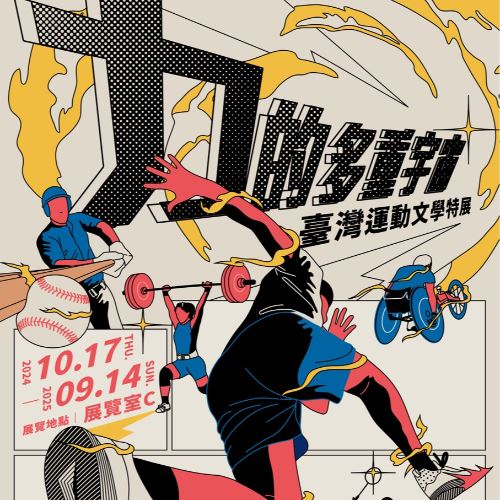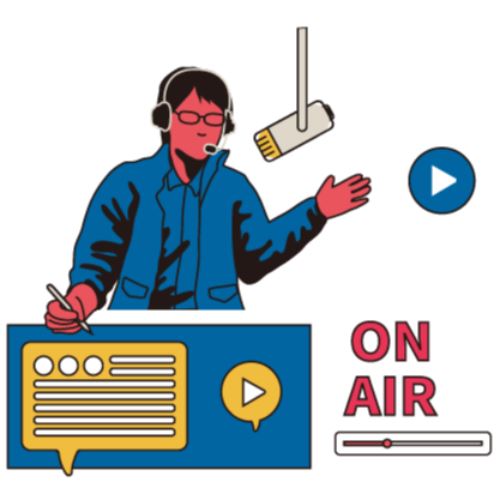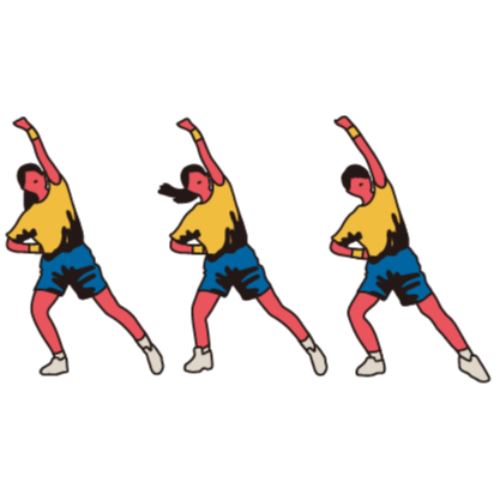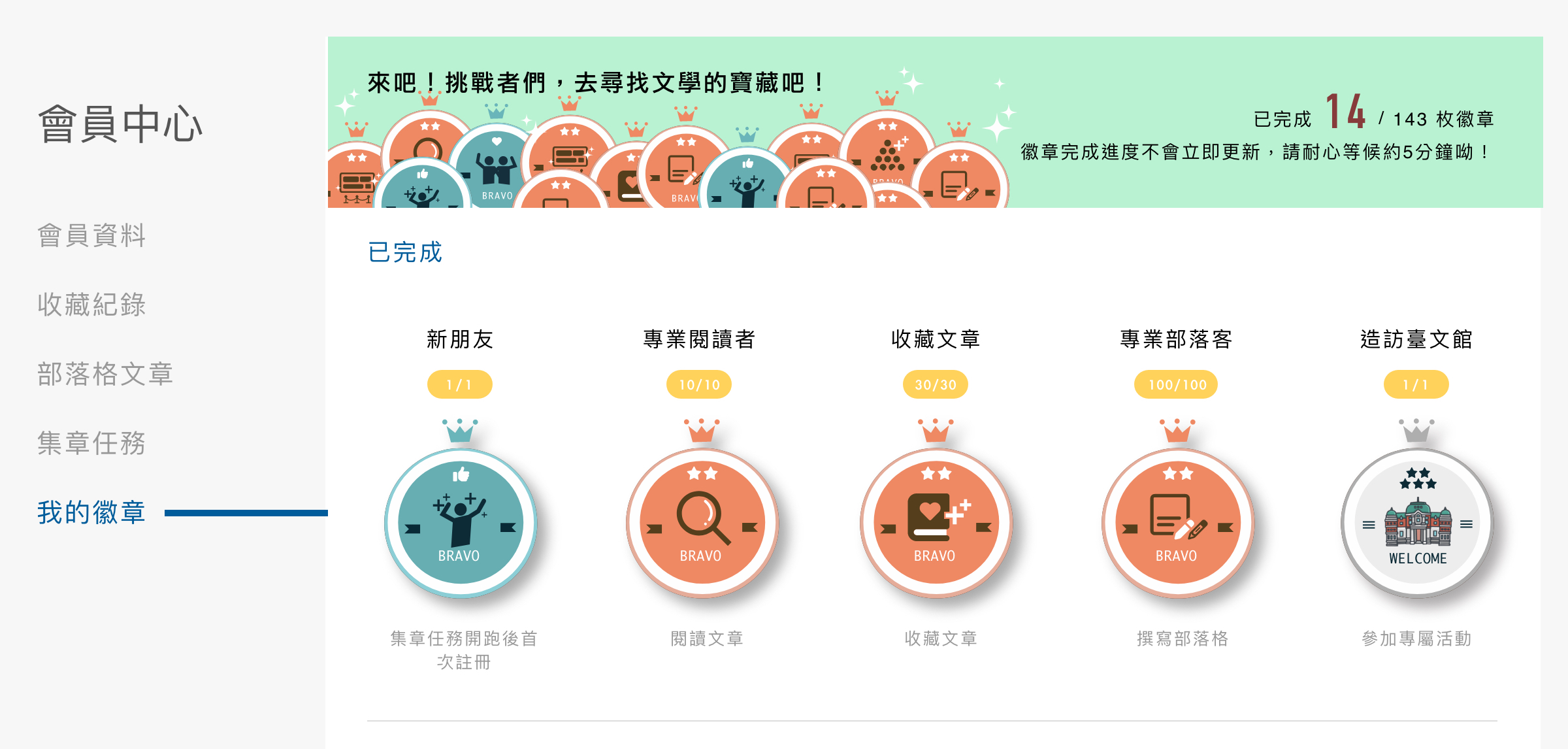Interwoven Between History and Politics: Sports and National Identity



The growth of sports and the image of a nation's strength are closely linked. Under the concept of "the body as a state," nations shape their collective identities through the educational system, including school classes centered on gymnastics and physical education. Large-scale events such as baseball and football games carry an even greater sense of national pride and honor. Being part of a national-level team is both an honor and a heavy burden, as every run, hit, and swing on the field is an expression of both individual and collective strength.
Taiwan has experienced several regime changes, with different ruling powers bringing in their own sports cultures which have since taken root. As the country's name changed, some athletes became unable to compete as part of a "national" team. Nevertheless, they are still people of the nation, striving to pass on their experiences, and thereby enrich and diversify Taiwan's athletic strength. With the change in the country's name, some athletes are no longer able to compete under the name of the "national team." However, they have also immersed themselves in the grassroots, striving to pass on their experience and become a rich and diverse Taiwanese athletic force.

5-1 Whose Sport Is It?
Sports appear fair, offering everyone the chance to compete. Yet choice of sport and eligibility in competitions often cannot escape influence by politics. During the Japanese colonial period, the government introduced kendo, archery, judo, and other martial arts by establishing butokuden (martial arts halls).
After WWII, the Kuomintang promoted basketball, which was popular in China, contributing to the sports landscape described as “locals play baseball, mainlanders play basketball.” In addition to the type of sport promoted, ethnic divides and systemic barriers also prevented many talented athletes from fully demonstrating their abilities, leaving
them frustrated off the field.

Japanese Gymnastics, 1929 Edition
Published in 1929, Japanese Gymnastics was authored by Gen KOKU, a renowned jurist and Shinto thinker.
This copy was originally held by the library at Taichung First Senior High School, and was later donated to the Museum.
The school was established during Japanese rule by local elites.
This book demonstrates how students were influenced by Japanese physical education curricula.
(Collection of the National Museum of Taiwan Literature / Donated by Taichung First Senior High School / Accession no. NMTL20120260279)
5-2 Yellow Card Warning: Politics in Sports, Sports in Politics?
Sports and politics are closely intertwined. Heated competition is often transformed into a symbolic battle between nations. Athletes’ national identities are also influenced by domestic political circumstances.
On the field, competition involves not just athletic skill, but also the complex interplay between the nation and
the individual athlete. Competing on behalf of a nation is thus both a dream and a burden for athletes.

Group Photo with Lung Ying-tsung and the Taiwan Cooperative Bank Baseball Team
In this photo, Lung Ying-tsung is in the second row, second from the left wearing a tie;
the second from the right in a suit is Chang Wo-chun. The photo was taken during the Taiwan Cooperative Bank Baseball Team’s 1952 trip
to compete in Daxi, Taoyuan.
(Collection of the National Museum of Taiwan Literature / Donated by Lung Ying-tsung Literary and Arts Education Foundation / Replica, accession no. NMTL20220080183)

Manuscript of Li Tung's Hongye
Li Tung recounts in first person the rise and fall of the Hongye Junior Baseball Team, highlighting the lives, education, training process, and employment issues of players from remote areas, as well as the hardships and sorrow players face in a society that prioritizes efficiency.
(Collection of the National Museum of Taiwan Literature / Donated by Chu Chien-tai / Accession no. NMTL20130160013-001)
5-3 Who is Represented?
Taiwan’s unique history has led to athletes having to compete under the flags of different nations, often causing them to question whom they truly represent.
In international competitions, athletes usually compete as representatives of their countries, and their performance is regarded as a reflection of national strength. The Olympic Games, held every four years, stand as the pinnacle of such sporting events. The way in which top Taiwanese athletes represented Japan at the Olympics during the Japanese colonial period, but were not allowed to represent the “Republic of China” after the war exemplifies the difficulties brought by regime transitions. Diplomatic competition between the Republic of China and the People’s Republic of China extended to the naming of Olympic teams. The 1981 Lausanne Agreement (the Agreement between the International Olympic Committee, Lausanne, and the Chinese Taipei Olympic Committee, Taipei) established the “Chinese Taipei” Olympic model still in use today.

Manuscript of Lin Tsung-yuan's "Disc Throw
Lin Tsung-yuan meditates on life phenomena and experiences in Taiwanese,
skillfully using sports as a metaphor to explore its inspiration and poetic meaning of exercise.
Manuscripts of Lin Tsung-yuan’s poetry from between 1956 and 1983 are gathered in the collection Athlete's Protest.
(Collection of the National Museum of Taiwan Literature / Donated by Lin Tsung-yuan / Accession no. NMTL20060250006)












